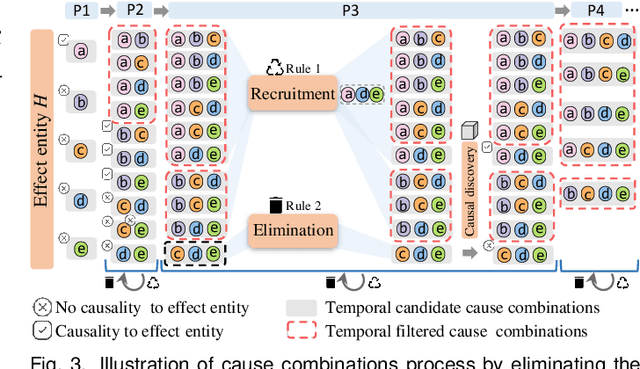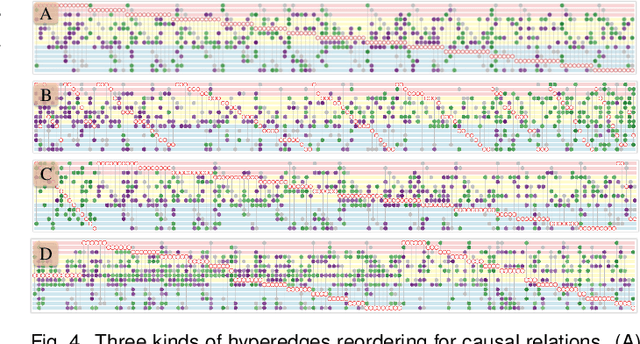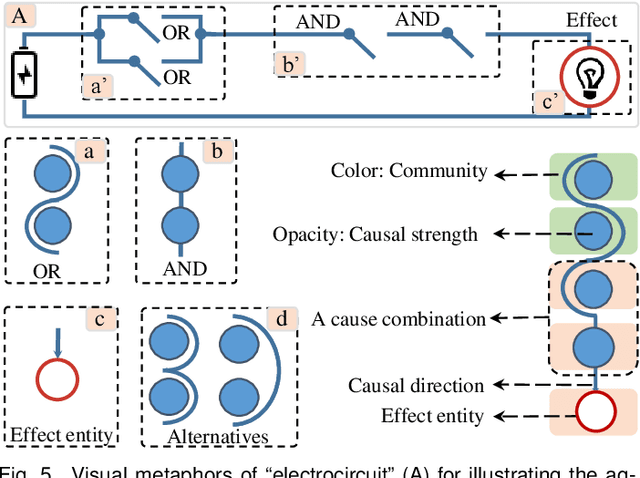Wang Xia
C5: Towards Better Conversation Comprehension and Contextual Continuity for ChatGPT
Aug 10, 2023



Abstract:Large language models (LLMs), such as ChatGPT, have demonstrated outstanding performance in various fields, particularly in natural language understanding and generation tasks. In complex application scenarios, users tend to engage in multi-turn conversations with ChatGPT to keep contextual information and obtain comprehensive responses. However, human forgetting and model contextual forgetting remain prominent issues in multi-turn conversation scenarios, which challenge the users' conversation comprehension and contextual continuity for ChatGPT. To address these challenges, we propose an interactive conversation visualization system called C5, which includes Global View, Topic View, and Context-associated Q\&A View. The Global View uses the GitLog diagram metaphor to represent the conversation structure, presenting the trend of conversation evolution and supporting the exploration of locally salient features. The Topic View is designed to display all the question and answer nodes and their relationships within a topic using the structure of a knowledge graph, thereby display the relevance and evolution of conversations. The Context-associated Q\&A View consists of three linked views, which allow users to explore individual conversations deeply while providing specific contextual information when posing questions. The usefulness and effectiveness of C5 were evaluated through a case study and a user study.
VAC2: Visual Analysis of Combined Causality in Event Sequences
Jun 11, 2022



Abstract:Identifying causality behind complex systems plays a significant role in different domains, such as decision making, policy implementations, and management recommendations. However, existing causality studies on temporal event sequences data mainly focus on individual causal discovery, which is incapable of exploiting combined causality. To fill the absence of combined causes discovery on temporal event sequence data,eliminating and recruiting principles are defined to balance the effectiveness and controllability on cause combinations. We also leverage the Granger causality algorithm based on the reactive point processes to describe impelling or inhibiting behavior patterns among entities. In addition, we design an informative and aesthetic visual metaphor of "electrocircuit" to encode aggregated causality for ensuring our causality visualization is non-overlapping and non-intersecting. Diverse sorting strategies and aggregation layout are also embedded into our parallel-based, directed and weighted hypergraph for illustrating combined causality. Our developed combined causality visual analysis system can help users effectively explore combined causes as well as an individual cause. This interactive system supports multi-level causality exploration with diverse ordering strategies and a focus and context technique to help users obtain different levels of information abstraction. The usefulness and effectiveness of the system are further evaluated by conducting a pilot user study and two case studies on event sequence data.
 Add to Chrome
Add to Chrome Add to Firefox
Add to Firefox Add to Edge
Add to Edge